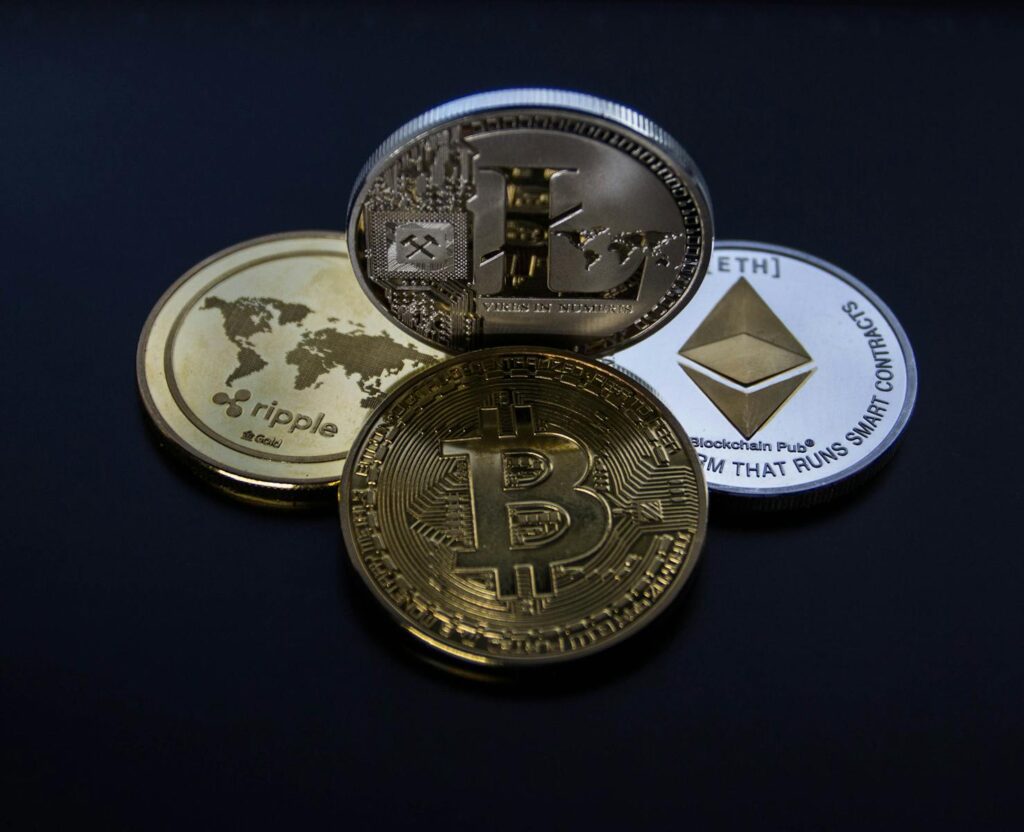Main Points
- Ethereum Gas Fee Reduction: Ethereum’s gas fees have significantly decreased post-Shanghai upgrade, marking a historical shift.
- Ripple’s XRP Token Sales: Ripple plans to release a large amount of XRP tokens, raising questions about potential market impacts.
- Bitcoin’s Hash Rate: Bitcoin’s hash rate hits an all-time high post-halving, enhancing network stability.
- South Korean Regulations: South Korea introduces stringent licensing for crypto exchanges, potentially reshaping the market.
- Solana’s Upgrades: Solana’s latest upgrades strengthen its position as a competitor to Ethereum.
Comprehensive Analysis
Introduction
The cryptocurrency market is undergoing significant changes driven by technological advancements, regulatory shifts, and strategic moves by key players. This article delves into the latest developments and their potential impacts on the market.
Ethereum’s Gas Fee Reduction
Historical Shift
Ethereum has entered a transformative phase following the Shanghai upgrade, which has dramatically reduced gas fees. This reduction addresses Ethereum’s long-standing scalability issues, making the network more accessible to a broader range of users. The lower fees not only enhance user experience but also increase the likelihood of Ethereum’s value appreciating due to heightened demand and reduced supply pressures. This development is crucial as it positions Ethereum to compete more effectively with other blockchain platforms.
Ripple’s XRP Token Sales
Market Concerns and Opportunities
Ripple’s announcement to release a significant volume of XRP tokens has stirred the market. While there are concerns about potential price drops due to increased supply, this move could also accelerate Ripple’s global expansion efforts. The additional tokens may provide Ripple with the liquidity needed to forge new partnerships and expand its use cases, particularly in cross-border payments. Investors are closely monitoring this development to gauge its long-term effects on XRP’s market position.
Bitcoin’s Hash Rate
Network Stability and Security
Bitcoin’s hash rate has reached an all-time high following the latest halving event. This increase in hash rate signifies a stronger, more secure network, which is vital for maintaining investor confidence. The halving has also highlighted Bitcoin’s ability to attract mining investment despite reduced block rewards, underscoring its role as a digital store of value. The enhanced security and stability of the network are expected to support Bitcoin’s long-term price appreciation.
South Korean Regulations
Industry Impact
The South Korean government’s decision to implement stringent licensing requirements for cryptocurrency exchanges marks a pivotal moment for the industry. These regulations aim to enhance security and transparency but could also lead to the closure of non-compliant exchanges. This regulatory overhaul is likely to reduce market volatility and foster a more stable trading environment, potentially attracting institutional investors. However, it also presents challenges for smaller exchanges struggling to meet the new standards.

Solana’s Upgrades
Strengthening Market Position
Solana continues to solidify its reputation as a formidable competitor to Ethereum with its latest network upgrades. These improvements enhance Solana’s transaction speed and cost efficiency, making it an attractive platform for decentralized finance (DeFi) and non-fungible tokens (NFTs). Solana’s ability to handle a high volume of transactions at low costs positions it as a preferred choice for developers and users seeking efficient blockchain solutions.
The cryptocurrency market is at a critical juncture, with significant technological and regulatory changes shaping its future. Ethereum’s gas fee reduction, Ripple’s strategic token release, Bitcoin’s enhanced network security, South Korea’s regulatory shifts, and Solana’s technological advancements are key factors influencing market dynamics. Investors and industry participants must stay informed about these developments to navigate the evolving landscape effectively. As the market matures, the balance between innovation and regulation will be crucial in determining its trajectory.


